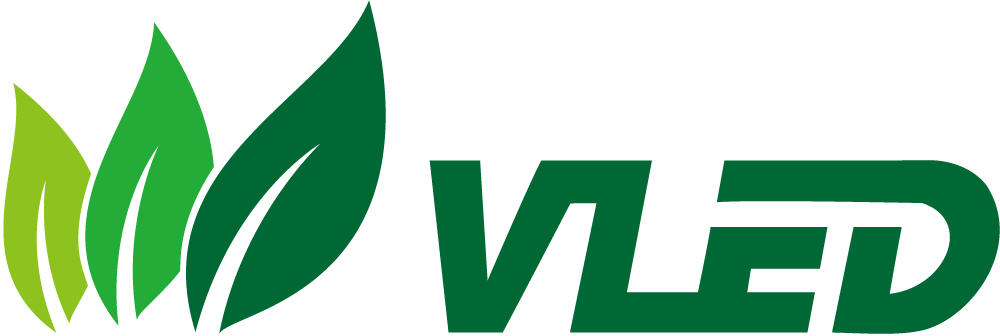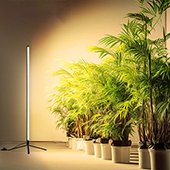Menu
Do You Need A Cooling Fan with LED Grow Lights?
LED grow lights have truly become an essential tool in both modern agriculture and research fields.
Whether it’s for creating a green oasis on your apartment balcony, achieving year-round high-efficiency cultivation in large, modern greenhouses, or even for scientists studying plant physiology and ecology in laboratories, these lights play a vital role everywhere.
This high-tech gadget precisely mimics the solar spectrum, making it widely adopted across various domains such as indoor farming, seed germination, seedling raising, tissue culture, cultivation of medicinal plants, and more.
It has become an integral part of overcoming insufficient sunlight, enabling continuous production throughout the year, and is a must-have in innovative agricultural practices like soilless cultivation.
However, LED plant lights can generate significant heat after extended use.
Consequently, growers often raise the question: Are cooling fans or other heat dissipation systems a must-have for LED grow lights? And what kind of cooling solution is best suited and most efficient?
This blog delves into this topic and offers answers based on specific application scenarios.
Table of Contents
The Working Principle and Heat Generation Issue of LED Grow Lights
Firstly, let’s discuss the spectral design and energy conversion process of LED grow lights.
These lamps create an optimal light spectrum for plant growth and development by combining different colored LED light sources.
Blue light is conducive to photosynthesis in plants, while red light promotes flowering and fruiting.
However, it’s worth noting that during the process of emitting light, LEDs convert electrical energy into light energy; according to physical laws, a portion of this energy will inevitably be transformed into heat energy as well.
When LED plant lights operate for extended periods, this heat effect becomes apparent. Similar to how our smartphones or computers can become hot after prolonged use, LED lamps also accumulate heat internally over time.
This issue is particularly pronounced in high-power operations. Without effective heat dissipation measures, the accumulated heat can cause a significant rise in the internal temperature of the lamps, akin to an oven, which could be detrimental to their performance and longevity.
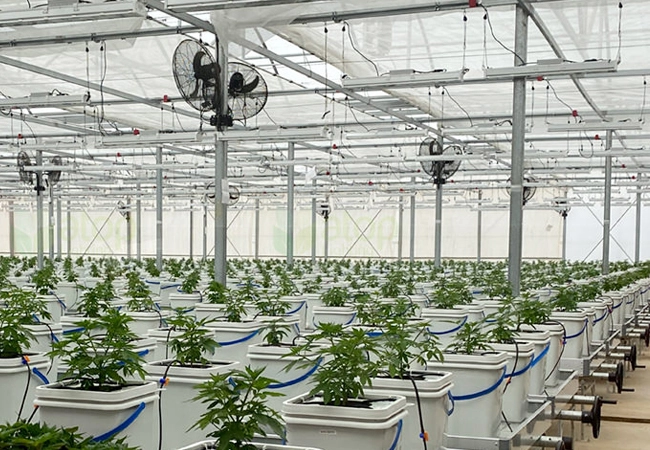
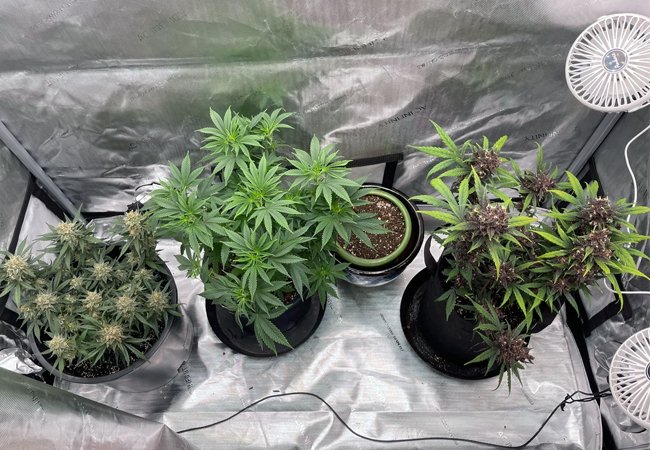
Indeed, the effects of high temperatures on both plants and LED lighting fixtures themselves are significant and cannot be overlooked.
For plants, excessively high environmental temperatures can disrupt optimal growth conditions, leading to disordered physiological metabolism, and decreased photosynthesis efficiency, and may even predispose them to pests and diseases.
As for LED lighting fixtures, when LED chips and other electronic components remain in a high-temperature state over extended periods, it can cause a decline in light emission efficiency and lead to premature aging and failure. This can significantly shorten the service life of the light.
Before delving into the necessity of cooling fans for LED grow lights, it’s crucial to understand their working principles and the heat generation issues that arise from them.
Next, we’ll look at different cooling options to see if all LED plant lights need a small fan to help cool them down.
The Importance and Types of Cooling Methods
Now that we are aware that LED plant lights generate heat during operation, it is essential to discuss how to dissipate this heat effectively.
This is not a matter to be taken lightly; the appropriate cooling method directly affects the performance, lifespan of the lamps, and indeed, the health of the plants being cultivated.
Natural Cooling without Fans
Conduction Cooling: Similar to how a hot spoon placed in a cold bowl gradually cools down, LED plant grow lights can also transfer the heat they generate internally by using their aluminum substrate or other high-quality thermally conductive materials.
With a well-designed structure where the substrate is in close contact with surrounding metal frames or heat sinks, this method can effectively disperse and transmit heat into the air.
Radiative Cooling: It might seem somewhat mysterious, but indeed, all objects radiate heat just like a smaller version of the sun, albeit at varying efficiencies.
LED fixtures while operating also emit infrared radiation, with the amount increasing as the temperature rises. However, radiant heat dissipation is generally not the most effective solution for large-scale cooling purposes.
Convective Cooling: This one is more straightforward; when air flows around the fixture, it carries away some of the heat, much like how we feel cooler when a fan blows over us.
In a natural environment, such as an open greenhouse or a well-ventilated indoor space, natural air convection can help dissipate heat from the lamps. However, in enclosed spaces or areas with poor air circulation, the effectiveness of convective cooling significantly diminishes.
Forced Cooling with Fans
In the case of forced cooling with fans, it’s akin to installing a mini air conditioning system within the LED grow light. The fan increases air circulation, creating a strong airflow that courses through the heat sink fins, swiftly removing accumulated heat.
The benefit of this method is its high efficiency and stability, making it especially fitting for high-power LED plant grow lights or those utilized in enclosed spaces.
With the assistance of a fan, not only can the internal components of the lamp be consistently maintained at an appropriate operating temperature, but it also helps prevent issues such as light degradation and shortened lifespan due to excessive heat exposure.
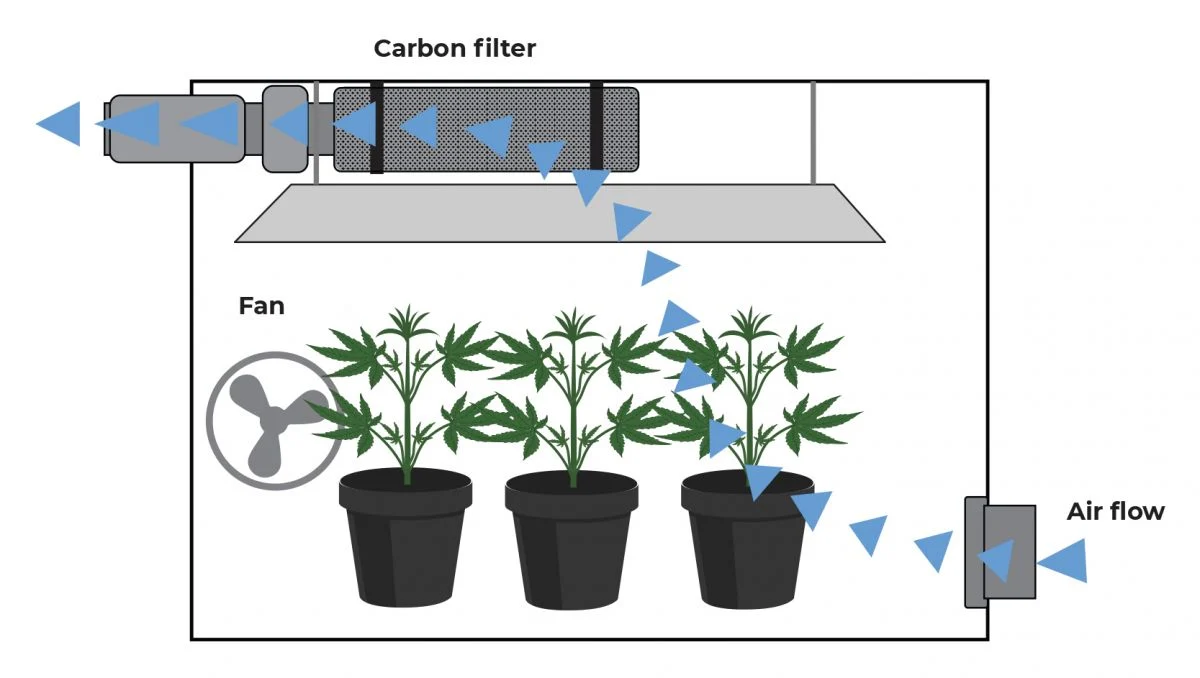
Of course, fans have their drawbacks, such as increased noise levels, additional energy consumption, and the need for maintenance over time. The choice of cooling method largely depends on your specific application scenario.
If you have a small indoor growing setup on a home balcony, a well-designed fanless cooling system might be more than adequate.
However, for larger commercial farms or environments where there’s a need for prolonged and intense lighting, investing in a reliable fan-based cooling system is likely to be the smarter choice.
Ultimately, our goal is to ensure that plants grow comfortably while also guaranteeing that our LED lights can operate efficiently and durably—this balance is key to achieving successful horticultural outcomes, wouldn’t you agree?
Do You Need A Cooling Fan with LED Grow Lights?
Whether LED grow lights need a fan for cooling is like debating whether to wear a down jacket in winter—it depends on the environment you’re in and your specific needs.
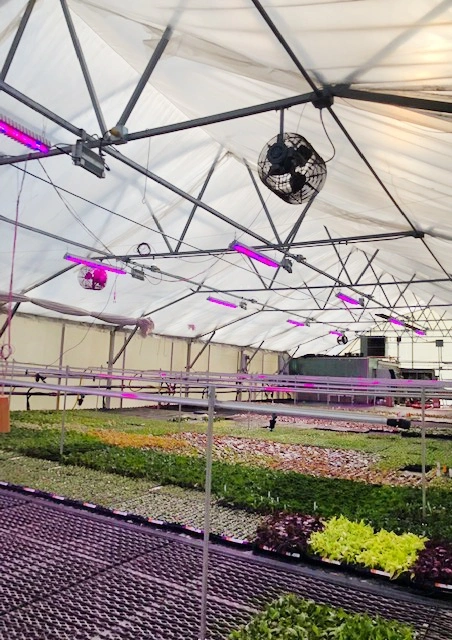
Firstly, let’s consider power output. Low-powered LED grow lights are typically designed for home indoor gardening or small seedling trays, and they generate relatively less heat.
In such cases, with a well-engineered lamp structure that incorporates high-quality thermally conductive materials and effective natural convection design, it is often possible to achieve passive cooling without a fan.
Just as you might wear a light jacket during a cool spring day to maintain comfort, low-power LED lights can usually sustain an appropriate operating temperature without requiring additional fans.
Warm Tips
In summary, whether LED grow lights should be equipped with cooling fans is not a definitive yes or no answer; the decision depends crucially on factors such as the light’s wattage, the environment in which it will operate, and specific user needs.
For lower-powered LED grow lights, well-designed structures and material selection often provide sufficient heat dissipation. However, for high-power LED grow lights or those used in warm environments, incorporating cooling fans becomes essential.
When purchasing, users should carefully consider their actual requirements and weigh up various cooling solutions to ensure optimal performance and longevity of the LED grow lights.
To ensure the healthy growth of plants, it is also important to factor in economic costs and equipment stability when choosing the right LED grow light. This way, one can find the most suitable “little sun” that effectively drives photosynthesis for their plants while maintaining practicality and efficiency.
FAQ
How to Address Cooling Fan Noise Issues?
When it comes to fan noise, this can indeed be a bothersome issue for anyone who doesn’t want a constant buzzing bee-like sound in their home or greenhouse. Tackling this problem involves several approaches:
Choose a high-quality fan: Silent fans are more well-designed, with better bearings and fan blade materials, which can effectively reduce operating noise. It is like buying a premium silent air conditioner, which is slightly more expensive, but in exchange for a quiet and comfortable environment.
Proper Layout and Installation: Proper fan location and orientation can also reduce noise transmission. For example, placing fans away from living areas and ensuring that the airflow generated when operating is smooth to avoid additional noise from turbulence in the airflow.
Speed control: Many fans support the speed control function, which allows you to adjust the speed according to your needs, reducing the noise caused by unnecessary high-speed operation.
How to Maintain and Check the Cooling System of LED Grow Lights?
Regular Cleaning: Promptly remove dust and dirt from the heat sink, as dust can hinder heat dissipation. If the radiator is clogged with dust, preventing heat from escaping; the internal temperature of the equipment will surely rise.
Check Fan Status: Periodically inspect whether the fan is rotating properly, and if there are any foreign objects causing blockage, or abnormal sounds due to insufficient lubrication. If necessary, disassemble and reapply an appropriate amount of lubricating oil to maintain smooth and quiet fan operation.
Monitor Temperature: Utilize a thermostat or the temperature detection function of smart devices to monitor the working temperature of the light fixture in real time. If an unusually high temperature is detected, it may indicate a problem with the cooling system, and prompt troubleshooting and repairs are necessary.
In conclusion, choosing an appropriate cooling solution, addressing and resolving noise issues, and conducting regular maintenance checks are all aimed at ensuring that your LED plant light can provide an optimal light environment for plants efficiently and durably. Simultaneously, these practices ensure that you enjoy a tranquil and efficient green living space.
Get in touch with us!
From custom light planning, to tailored quotes, and everything in between, our team of horticulture experts are always ready to assist.
